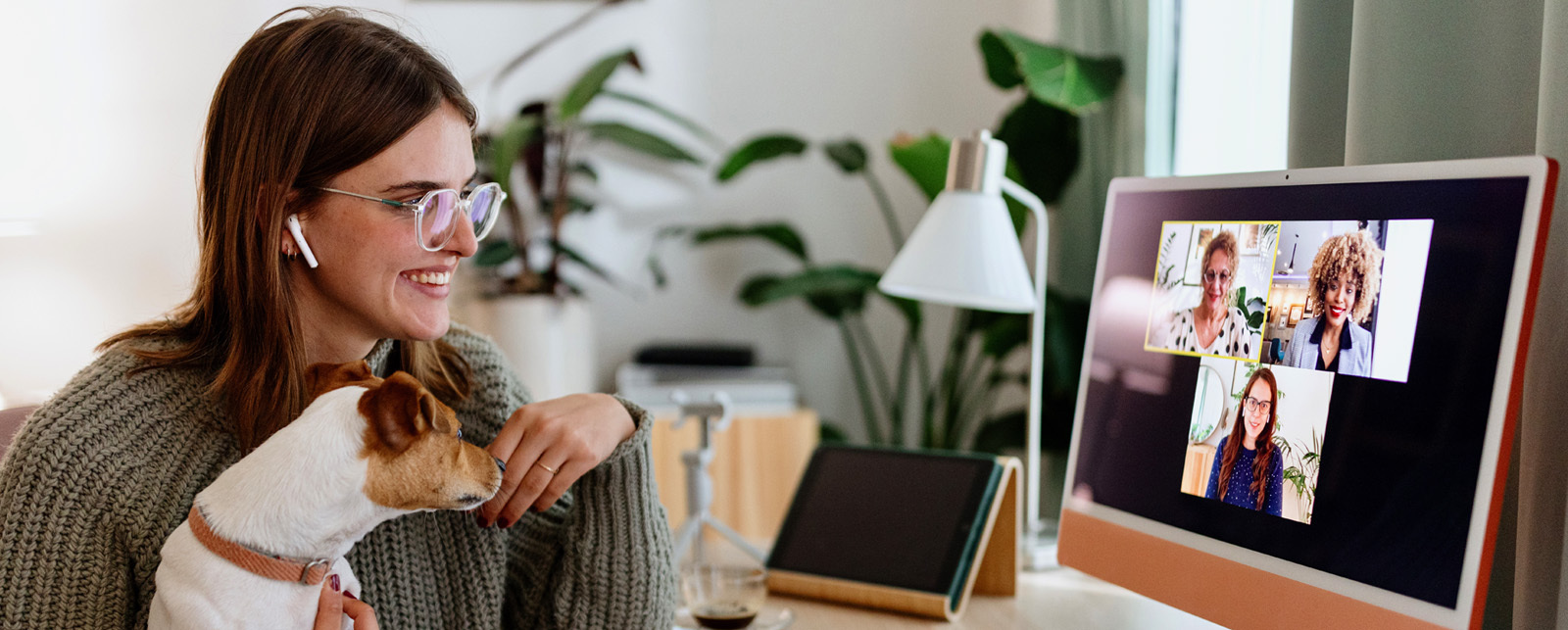
Investing in connection: three ways hybrid organizations can unite remote workers.
We’ve talked with and surveyed thousands of employees over the course of the pandemic to try and gauge their emotional states. There are optimistic signs. Many describe themselves as feeling unburdened or free. Less stressed also comes to mind.
But there’s a darker side to hybrid or fully remote work as well. In the pandemic’s wake, workers also say they feel more isolated, siloed, or disconnected than ever. This is troubling because it reflects a deeper, more profound change – a shift away from pre-pandemic social connectedness to a perspective of increasing individualism.
“Out of sight, out of mind,” the saying goes. And it appears to be true – not only of how employees feel about team members and customers, but also about the nature of their work. And the longer we remain insular in our thinking and work, that harder it’s going to be to reclaim that feeling of connected and a common social good.
How can hybrid organizations refocus individual work from a what-do-I-need to a what-do-we need mindset? And how can they establish a sense of community and shared responsibility where employees feel less isolated about their work and lives?
Answering these questions give individuals the reinforcement to perform at a higher, collective effort. It will also help them feel more fulfilled – despite being physically disconnected from their team members. However, it’s important to not force the issue and create more meetings and manufactured connections. That’s the easy way out, and it never works. Here are three ideas that can help.
Together work is better work.
Repairing shared connections without more meetings and forced experiences takes an intentional plan to manage and promote workplace interactions.
Create Social Capital
Social capital represents our networks, relationships, and shared norms in the workplace. To keep these from eroding, hybrid organizations must find new ways to build collaboration into daily practice. Consider building KPIs centered around knowledge sharing into performance reviews and interactions between managers and their employees. Encourage them to find solutions among their peers and other teams. In other words, make collaboration second nature.
Look Outside of the Office
Bring back the lost art of the happy hour with frequent, non-mandatory team get together. And encourage teams to invite cross-functional peers as well. These get togethers break down siloes and restore connections. Make sure to give workers time off of work connect outside of the office instead of holding get togethers at the end of the day when post-work family duties begin.
Create More Connection Points
Draw lines of connection between individuals, their teams, the organization, and the broader community. Hybrid organizations can do this by utilizing tools like their intranet to highlight meaningful work and connection opportunities happening outside their immediate line of view.
Thinking intentionally about connectivity.
The future of hybrid work doesn’t have to feel isolated and lonely. But don’t assume that workplace connections just happen. By thinking intentionally about collaboration and connection, organizations can bring the best out of their employees and create a hybrid culture that’s more fulfilling and rewarding.
For more insights from our Living Lab, follow One Workplace on LinkedIn and see the research overview here.